|
INTENTION
This posture has two main elements: the standing leg/hip and a straight spine. This is the most demanding strength posture we have for the hips, with the weight of the upper body bent all the way forward and the arms stretched overhead, making the upper body even heavier. The standing hip needs to be very even and very strong in Balancing Stick. Keep the standing leg straight and balanced—don’t hyperextend the knee, roll to the outside of the foot, or let the kicking hip come up. Lengthen the spine as much as possible. Avoid collapsing the chest. Stretch the arms strongly forward. If you are unable to maintain a straight spine with outstretched arms, bring the hands to the hips. This reduces the load on the back and hips. You can also try this modification if you have a weak or injured lower back. BREATH This pose requires a lot of exertion, so the breath will be a little shorter than usual. Keep the breath smooth and relaxed. BENEFITS This posture builds strength in the legs, hips, back and shoulders. It stretches the hamstrings and chest. It builds intense focus, balance and determination. NOTE Focus on not allowing the hip of the lifted leg to tilt upwards. Keep both hips square to the floor. Excerpt from the Ghosh Yoga Practice Manual - Intermediate.
0 Comments
A study in Finland checked the frequency of sauna usage against the rate of hypertension, or high blood pressure, by following more than 1,500 middle aged men for an average of 25 years. The New York Times wrote about it a couple days ago.
The study found that, when compared to subjects who used the sauna only once per week, those who used it 2 or 3 times were 24% less likely to have high blood pressure. Those who used it 4-7 times were 46% less likely. "The warmth of the sauna...improves the flexibility of the blood vessels which eases blood flow, and the warmth and subsequent cooling down of a typical Finnish sauna induces a general relaxation that is helpful in moderating blood pressure. Also, sweating removes excess fluid, acting as a natural diuretic. Diuretics are among the oldest drugs used to treat hypertension." (NY Times) Alignment of yoga asana is commonly taught three different ways.
Some teachers use geometry as the root of alignment, and teach a two-dimensional approach to the body: straight lines. Others use a three-dimensional approach, incorporating the planes of the body; sagittal, coronal, transverse. This focuses on the movement of the posture through space. The third method of alignment does not use geometry as the foundation, but focuses on human anatomy. While all three versions use science, each methodology produces widely varied results. The first method of alignment focuses on using straight lines. A great example of this is Standing Bow Pose. Applying this method to Standing Bow would mean that the reaching arm should be exactly parallel to the floor, and from the side, the kicking foot should stack directly on top of the standing foot. (What happens in the spine or the hips would matter little if those two elements are achieved.) This method of alignment is often used for competition or in photos, because it is visually very beautiful. However, the since the focus is largely on the appearance, a certain amount of depth in the pose is necessary. This can sometimes lead to injuries. The second method still uses geometry but is three-dimensional. Keeping the same example of Standing Bow, we would have to tweak our technique slightly in order to follow these rules of alignment. The hips would need to remain "square" or aligned in the sagittal and coronal plane. Also, the upper body would need to align in the sagittal plane and remain straight, without a twist. This method would generally be safer for the body over time, since depth is not required. However, this method may not look as impressive. The third method uses functional anatomy. This method is not concerned with appearance or the application of outward conceptual grids, but rather the usage of the muscles. For Standing Bow then, the primary focuses would be the eccentric contraction of the standing leg hamstring, the contraction of the erectors of the back, and the glutes of the kicking leg. This method is generally safest for the body, since the practitioner is focused on only going as far as their strength can take them. However, this method is difficult for teachers because it requires a significant amount of anatomical understanding from them and the student. Each method of alignment has something to offer a teacher and a practitioner. It has even more to offer when we are clear about the goals of the student and how best to guide them. |
AUTHORSScott & Ida are Yoga Acharyas (Masters of Yoga). They are scholars as well as practitioners of yogic postures, breath control and meditation. They are the head teachers of Ghosh Yoga.
POPULAR- The 113 Postures of Ghosh Yoga
- Make the Hamstrings Strong, Not Long - Understanding Chair Posture - Lock the Knee History - It Doesn't Matter If Your Head Is On Your Knee - Bow Pose (Dhanurasana) - 5 Reasons To Backbend - Origins of Standing Bow - The Traditional Yoga In Bikram's Class - What About the Women?! - Through Bishnu's Eyes - Why Teaching Is Not a Personal Practice Categories
All
Archives
May 2024
|

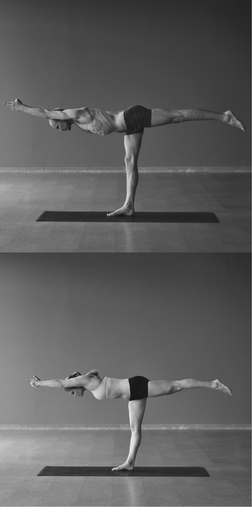

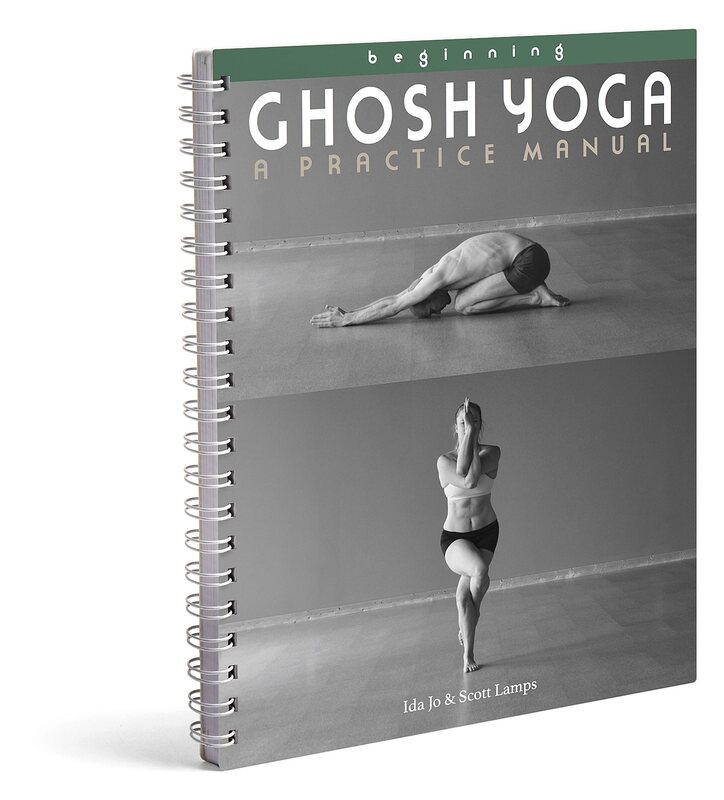
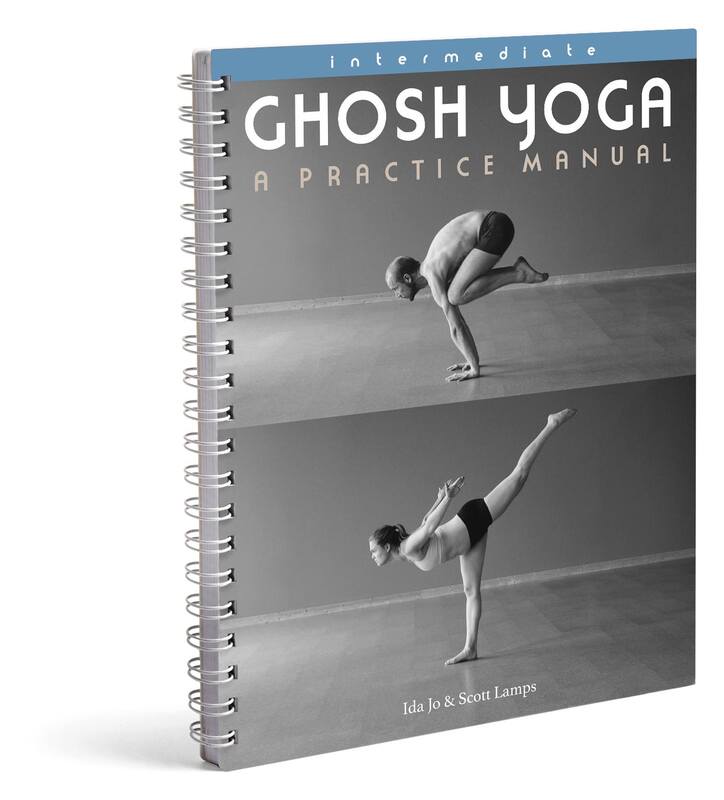
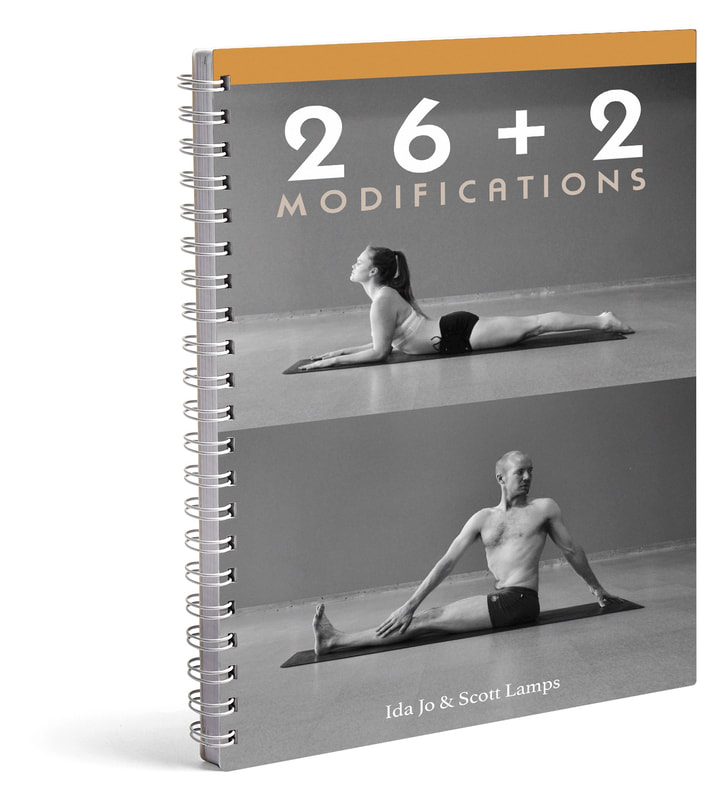
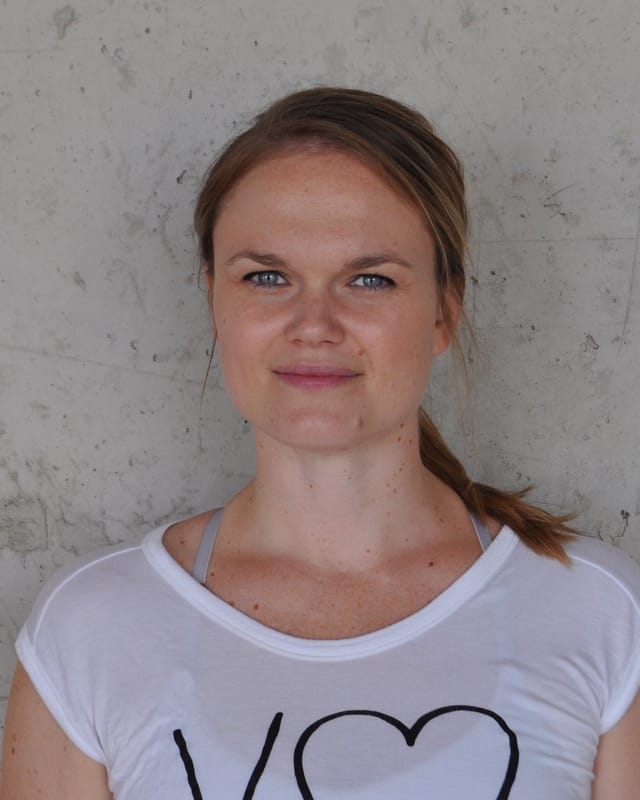
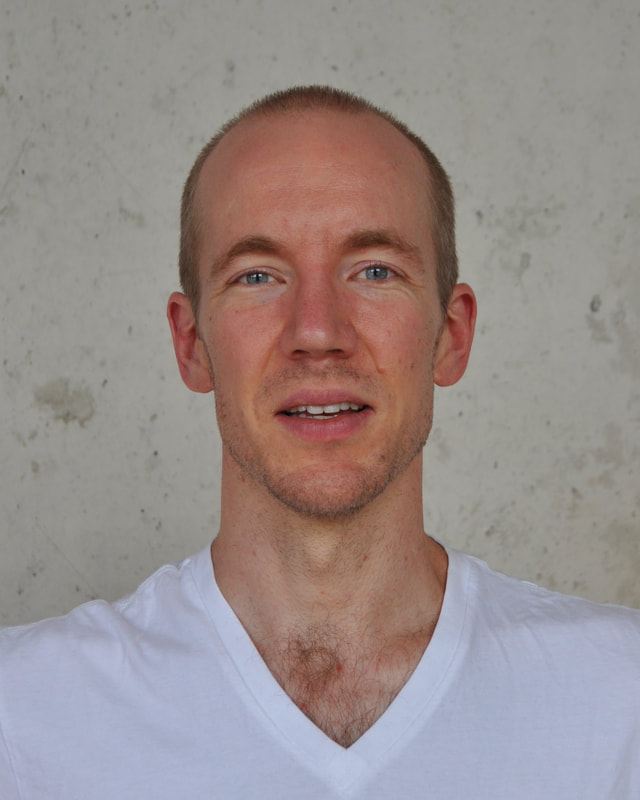
 RSS Feed
RSS Feed